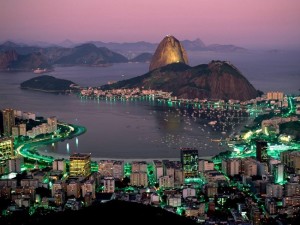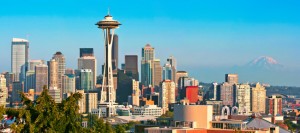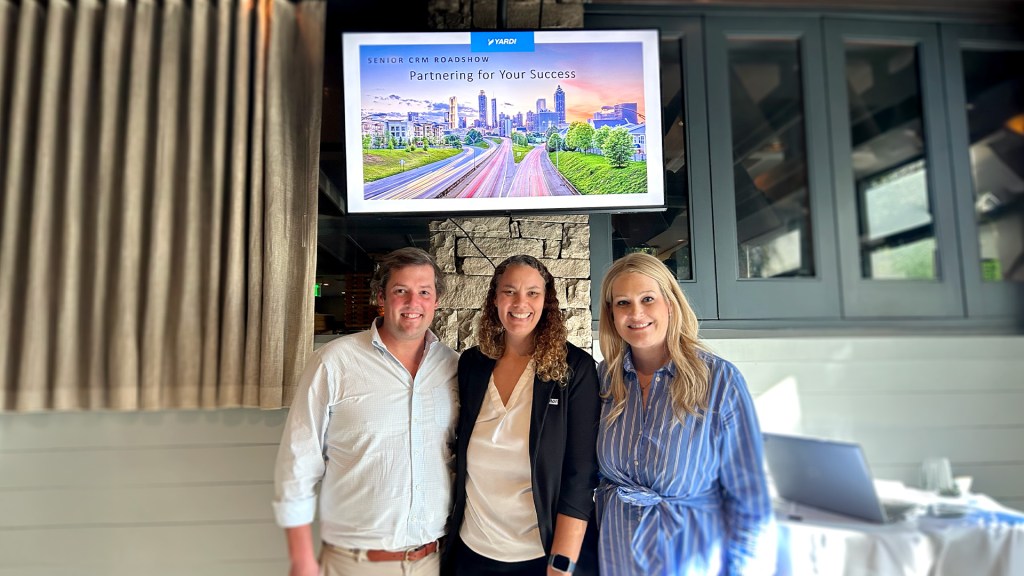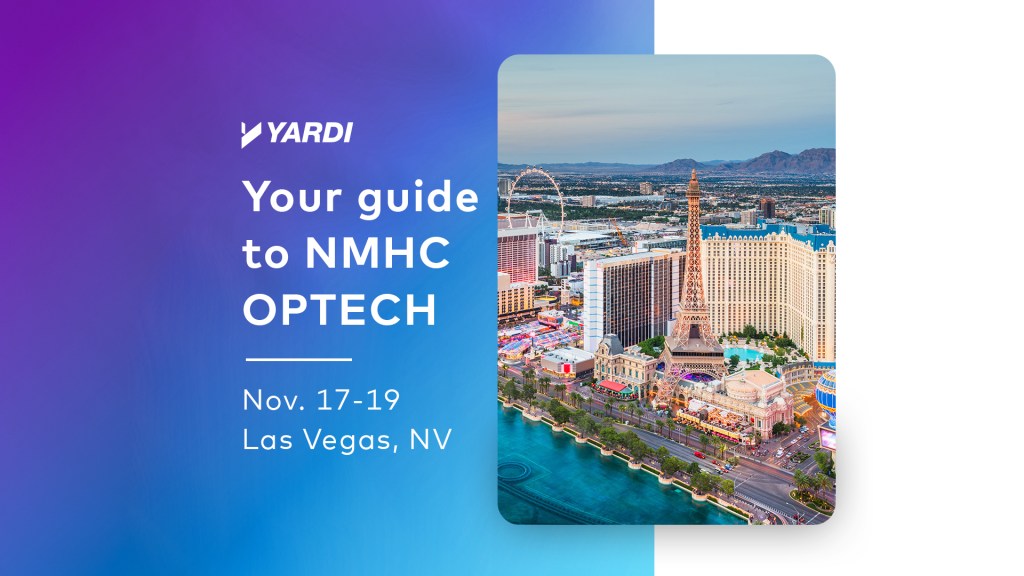By Erica Rascón on May 13, 2014 in Technology
Technology firms such as IBM,  Microsoft, and Cisco have created software that transforms inanimate infrastructure into seemingly animated characters. Pipes identify their own leaks. Streets alert police of accidents and traffic jams. Buildings submit maintenance requests. The innovations offer endless possibilities. Fears of a high-tech dystopia, however, overshadow their efforts. Technology leaders must overcome public fears before their technologies can be adopted on a large scale.
Microsoft, and Cisco have created software that transforms inanimate infrastructure into seemingly animated characters. Pipes identify their own leaks. Streets alert police of accidents and traffic jams. Buildings submit maintenance requests. The innovations offer endless possibilities. Fears of a high-tech dystopia, however, overshadow their efforts. Technology leaders must overcome public fears before their technologies can be adopted on a large scale.
The Dawn of Smart Cities
IBM has risen as a leader in smart city technology. The company hosts more than 2,500 smarter cities around the world. The goal of these experimental sites is to promote sustainable economic growth by providing the data leaders need to take proactive measures against mounting problems and make the most efficient use of resources. In an economic environment where revenues are tight in many countries, smarter cities could not have come at a better time.
Many of the decisions made by leaders in smart cities are driven by collected data. Data sources include cameras, sensors and meters in public spaces as well as resident feedback–voluntary and involuntary–via apps and programs.
The technology is already at work in creative ways. In New York, a collaboration between Center for an Urban Future and NYU’s School of Public Service allows the local hospital to decrease emergency room expenses. A “hotspotting” program identifies emergency room regulars, often locals suffering from chronic ailments and substance abuse. Based on the data compiled, outreach teams are dispatched to provide preventative assistance to at risk populations at homeless shelters and the streets. Emergency room costs are expected to decrease significantly.
In Chicago, data for performance metrics, energy usage, crime, public health, transit, and more are accumulated and stored in an open-access website. To date, the city has 851 open data sets and is aiming to expand availability. The data may be used by public and private entities to improve services offered to residents.
 Seattle has ranked first place in e-governance by the E-Governance Institute. On a micro-level, Microsoft’s Redmond campus has become “one of the smartest corporate campuses in the world,” according to a Realcomm report. 13 buildings submit 500,000 building data points every 24 hours to a central control center. The center then makes automatic adjustments when needed. It notifies maintenance techs of areas that require additional attention. The new system facilitates an estimated $1,500,000 in energy savings each year. Research is underway to create larger scale versions of the model.
Seattle has ranked first place in e-governance by the E-Governance Institute. On a micro-level, Microsoft’s Redmond campus has become “one of the smartest corporate campuses in the world,” according to a Realcomm report. 13 buildings submit 500,000 building data points every 24 hours to a central control center. The center then makes automatic adjustments when needed. It notifies maintenance techs of areas that require additional attention. The new system facilitates an estimated $1,500,000 in energy savings each year. Research is underway to create larger scale versions of the model.
Increased Risks
The data collected for smart cities touches various levels of sensitivity, from information on public parks to personal health. Both ends of the spectrum carry weighty repercussions when access to that information goes awry.
The Matrix, iRobot and Elysium take place in the high-tech dystopias. Accumulated data leads to “big brother” monitoring and power struggles that today’s residents would like to avoid. Ultra-efficient technology replaces the need for human employment and human interaction. Those fictional worlds reflect a human inclination towards discomfort in environments where the human element is overshadowed by technology.
Industry leaders must overcome the fears incited by such media. More importantly, they must address the legitimate concerns that such films expose.
Data driven cities are intended to be more efficient, like well-oiled machines at an assembly line. Assembly lines need fewer humans to operate. Such efficiency could lead to a decrease in employment opportunities that populous cities need. The number of advanced degree jobs created could not offset the diverse levels of employment required by urban residents.
Security breaches pose the most prominent concerns. The power of hackers is limitless at centralized control centers for public services and infrastructure. The toll of hacked drawbridges, traffic signals, and dam controls is inarguably much greater than the risks faced in traditional cities. White Hats are already struggling against the siege of our banking, popular websites, and smartphones.
Anthony Townsend, director of the Institute of the Future, admits inherent flaws in conducting an entire city like a single business. In an interview with BBC, Townsend reflects on IBM’s central control room in Rio de Janiero, where numerous screens transmit the data of 30 city agencies retrieved from sensors and cameras throughout town. The data is then analyzed to influence city operations. “The control room in Rio was created by a progressive mayor but what if the bad guys get in? Are we creating capabilities that can be misused?”
Technology firms must demonstrate years of proven resilience to such threats before their products could be widely accepted by major cities. If confidence in the technology doesn’t correspond with its implementation, our smart cities will never fulfill their primary goal: the make cities more comfortable and enjoyable places to live.


